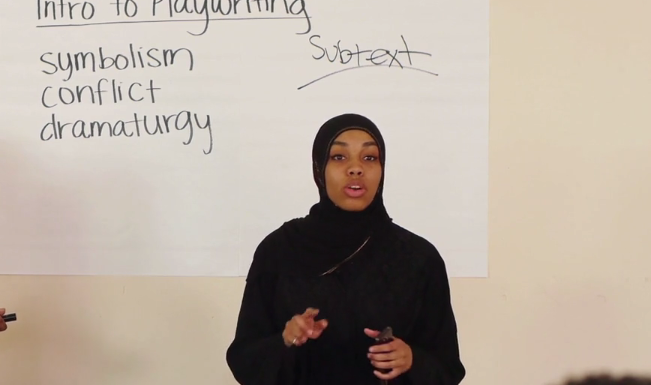I love you... until Act Two.
Years ago, when a Shakespearean actor was asked if he believed Hamlet and Ophelia had ever consummated their relationship, he supposedly said, “Never on the West End. Maybe on tour.”
Intense emotions, long rehearsals that go late into the evening, booze-fueled bull sessions afterward: It’s no wonder that love—or at least lust— frequently surfaces over the course of a theatrical production, spawning what has become known as the showmance.
The term has come to include similar couplings on the sets of movies and television shows (especially reality shows, where they are often designed to buy their participants a little more time on the island or in the house or wherever). But the stage is where the showmance was born.
Directors, playwrights, and designers can certainly get in on the action, but the typical showmance is between two performers. As a result, the curtain almost always goes down on both the show and the showmance at the same time; the actor’s life is a peripatetic one, and the next show is likely to be in another part of the country or even the world.
Every once in a while, though, a relationship endures beyond closing night. Taye Diggs and Idina Menzel (Rent) , for instance, have had a showmance with legs, and so have Audra McDonald and Will Swenson (110 in the Shade). But one showmance towers above them all: Alfred Lunt and Lynn Fontanne met on a show called The Wooing of Eve in 1917, and they went on to be American theatre’s leading couple for decades. Broadway’s Lunt-Fotanne Theatre is even named to honor their lives both on stage and off.
–Eric Grode

